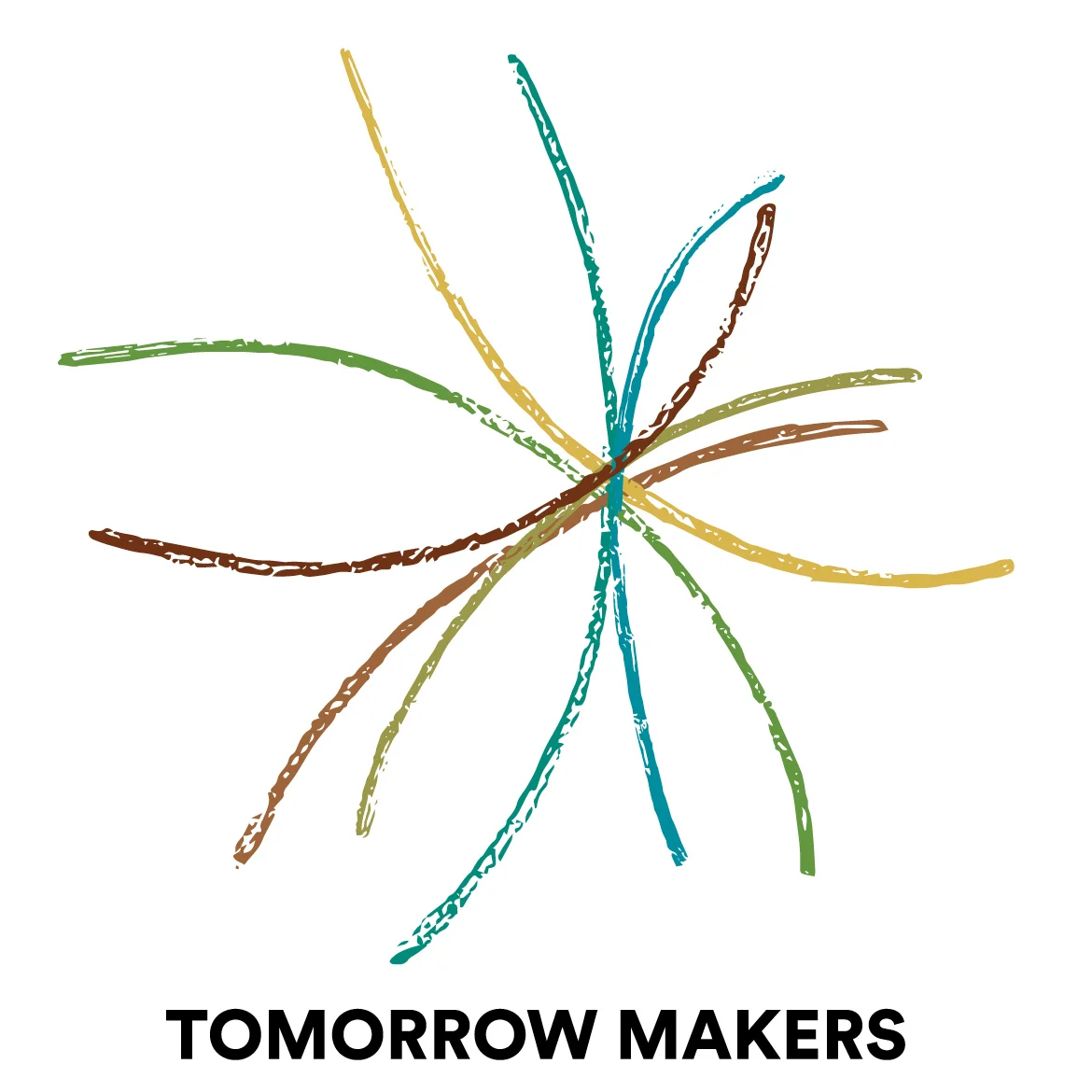Coming to Knowing Group Genius
/"In excited conversations we have glimpses of the universe, hints of power native to the soul, far-darting lights and shadows of an Andes landscape, such as we can hardly attain in lone meditation. Here are oracles sometimes profusely given, to which the memory goes back in barren hours." Ralph Waldo Emerson
It was during my second year of teaching 2nd graders in a public school that I first connected with the concept of group genius. I had 22 students and each of them had chosen a subject that they were curious to study and then share their learning with the rest of the class. This was 1965 so there was no Internet and the research was difficult. They had two weeks to prepare. The only question I can remember with clarity was "Why do soap bubbles have colors?" Many of the questions like this one, were questions that I could not answer without doing my own research.
Report day arrived and the air was full of excitement. This was work they had done on their own with little support from me. The subjects had only one thing in common, each was personally chosen by the presenter. The room was set up as theater, honoring whoever was on stage. Each had his own way of presenting their findings. And then it happened, the entire energy in the room changed. It was charged with excitement and anticipation. My 22 students and myself became one. Something emerged in those few hours that was indescribable but we all felt it and bathed in it. Despite my degree in education I must admit, I had never really thought about the brain before. I had not really thought about what was going on in the heads of my students, or my own head for that matter. I had no words or explanation for what I had just witnessed - what had turned the room electric - but I had a deep knowing that something remarkable had happened.
A few years later I came across the notebooks of Lawrence Halprin and saw the words "Group genius" written in a margin. That's it! This is what was happening in my class room! I did not know the science behind the concept of group genius. Words like "emergence", "self-organizing systems', "complexity" were not used in lay terms in the 60's. But here was Halprintalking about project-based learning with the community. People were learning through doing. That's what I was doing as teacher and facilitator. This is when I noted that when people of all ages designed together ... produced something of value together ... group genius was a likely outcome.
I set my mind on discovering what I could about group genius. Why does it happen? What are the forces that cause a working group to go into a higher order? Both The Learning Exchange and MG Taylor were partially formed to create a laboratory, a method and a practice where Group Genius was likely to happen, not just with kids, but all ages and cultures. I went deeper into complexity science, self-organizng systems and project based learning. I discovered Kevin Kelly's brilliant book, Out of Control, and read the chapter on Assembling Complexity over and over. I came to a deeper understanding of complexity, emergence, and simple rules for creating healthy self organizing systems through the writings of Steven Johnson, Fritjof Capra, Stewart Kauffman and Meg Wheatley. Neuroscience has been one of my more focused studies.
My classroom experience was nearly 50 years ago and over this time span I have seen many, many groups escape into the Group Genius mode. I know now with some certainty how to cause it, not control it, but give it freedom to occur. Now finally, through Stanislas Dehance's book, Consciousness and the Brain: deciphering how the brain codes our thoughts, I am understanding what happens in the brain. Dehance is quite metaphoric and yet very specific and detailed in his writing. The book is on the individual brain but in his description of how the brain creates a work space to assemble complexity. I can see the very same thing happening with individual brains when they become group genius. All the individual brains go into the same assemblage causing group genius. It is a recursive model! Very exciting because now I can do more than feel it, design for it, take part in it ... I can also understand it! As far as I know there is no formal research being done on group genius. Perhaps this will be coming forth soon. I'd love to know more if anyone knows of this kind of particular research happening. The MG Taylor method and process can provide real time evidence!
The brain builds itself by laying down large synaptic highways, which become the scaffold of communication corridors from which secondary and tertiary corridors emerge, until a vast “hairnet of axons” covers the brain. Once this hairnet is in place then we have a brain that is able to self-organize an infinite number of connections, thoughts, ideas, innovations and learnings while at the same time behave and direct behavior in dependable, learned ways.
— Marilyn Hamilton, “The Art and Science of Meshworking” from Integral City



